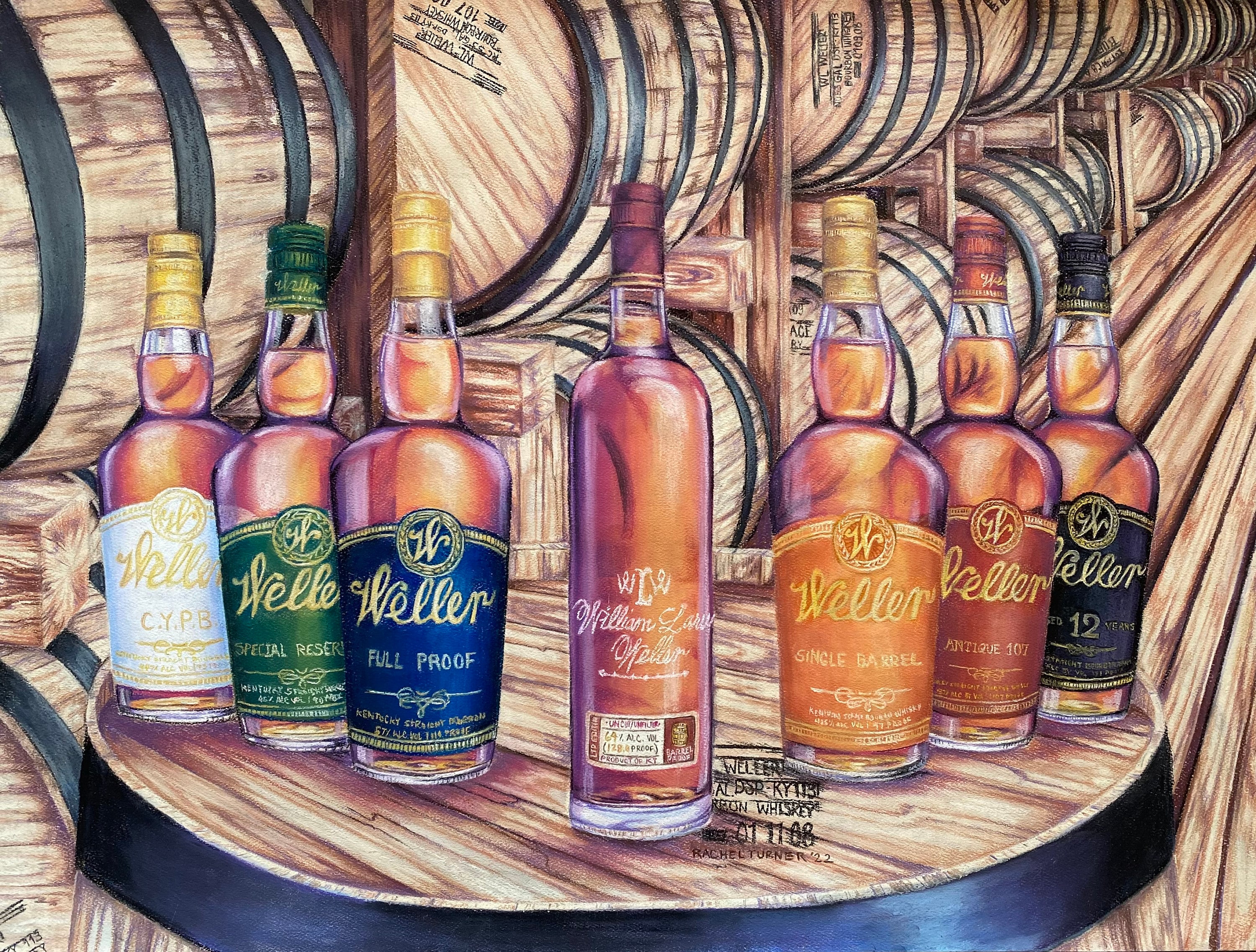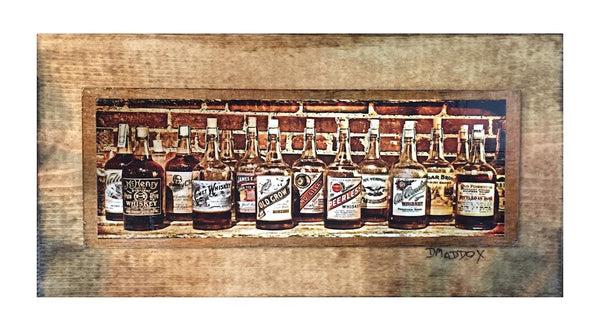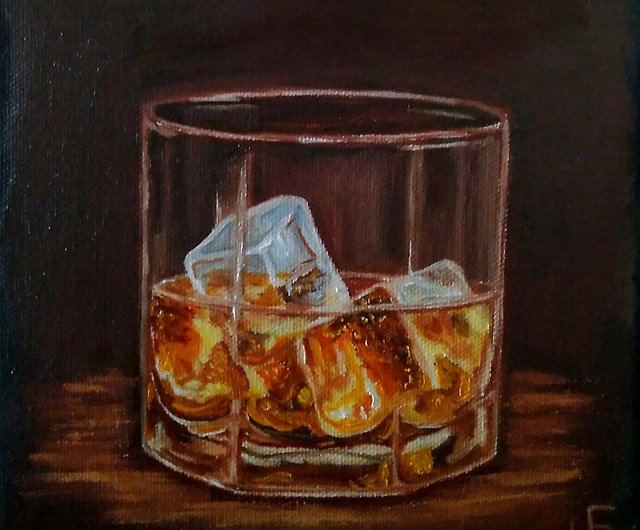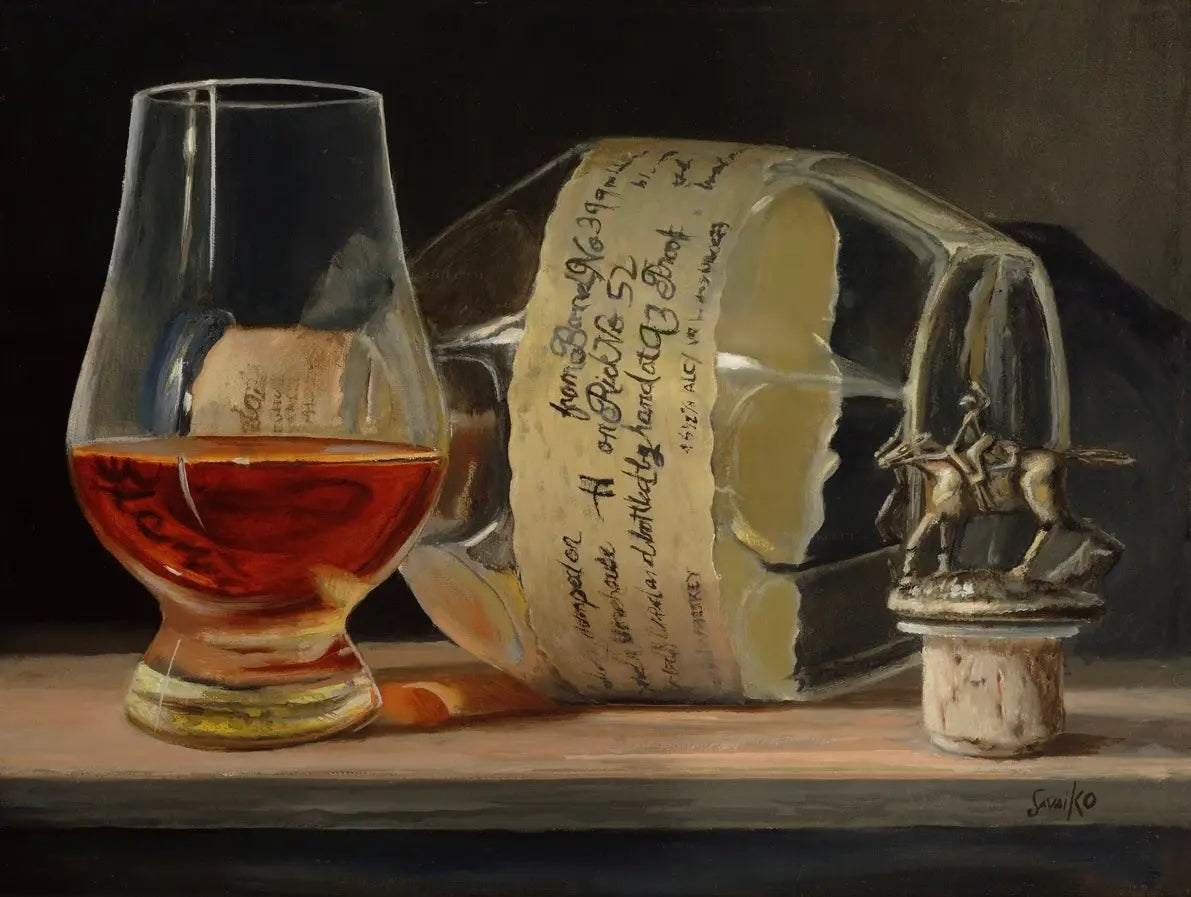Revealing the Elegance of Bourbon Art: A Tribute to Craft Distillers
Revealing the Elegance of Bourbon Art: A Tribute to Craft Distillers
Blog Article
The Relevance of Whiskey Art in Celebrating Heritage and Workmanship in the Beverage Sector
The complex connection in between scotch art and the celebration of heritage and workmanship within the beverage industry can not be overemphasized. With thoughtfully created bottles and tags, scotch brand names envelop their historical origins and the artisanal skills that specify their production approaches.
The Historic Roots of Whiskey
At the heart of whiskey's attraction lies an abundant tapestry of historical roots that trace back to old people. The origins of scotch can be connected to the distillation techniques of the Sumerians and Babylonians around 2000 BCE, where early forms of fermented grain drinks started to arise. It was in the Center Ages that the art of distillation progressed considerably, especially in Ireland and Scotland, leading to the development of whiskey as we understand it today.
The term "bourbon" itself stems from the Gaelic word "uisce beatha," indicating "water of life." This expression underscores the cultural relevance of bourbon in Celtic societies, where it was typically linked with rituals, events, and common bonding. By the 15th century, purification became a recognized craft within monastic neighborhoods, leading the means for the establishment of legal distilleries.
As trade paths broadened, bourbon's appeal expanded, transcending regional boundaries and capturing the passion of connoisseurs worldwide. Whiskey Art. This historical journey reflects not just the workmanship behind bourbon production but also its essential function in social and social contexts, noting it as a considerable drink throughout history
Artistic Expression in Branding
Bourbon branding stands as a compelling intersection of artistry and commerce, where aesthetic identification plays an essential role in shaping consumer perception. The visual appeals of scotch labels, packaging, and marketing materials mirror not just the brand name's story but also its core values and heritage. Through imaginative expression, distilleries share a story that resonates with consumers, stimulating feelings and stimulating connections.
Using color, typography, and imagery in branding offers to distinguish products in a saturated market. For instance, conventional motifs might evoke a feeling of authenticity and craftsmanship, while modern layouts can signify development and forward-thinking. This critical artistic instructions enhances brand name recognition and commitment, enabling customers to forge an individual relationship with the scotch they pick.
Furthermore, imaginative expression in branding typically works as an event of local heritage. Distilleries frequently integrate neighborhood symbols or historical referrals into their styles, developing a sense of location that welcomes consumers to take part in a more comprehensive cultural experience. Eventually, the virtuosity behind whiskey branding not only improves aesthetic appeal yet also enhances the total story of the brand, promoting a much deeper admiration for the craftsmanship and heritage embedded in each bottle.
Craftsmanship in Container Layout
The artistry apparent in scotch branding prolongs past aesthetic identification to encompass the craftsmanship included in container layout. Each bottle offers as a vessel not simply for the spirit within, but also for browse around this site the story it tells regarding its custom, origin, and high quality. The style process requires precise attention to detail, as elements such as closure, shape, and product contribute substantially to the total understanding of the scotch.
Workmanship in container style involves picking premium glass that can enhance the whiskey's color and quality, while also supplying a responsive experience for the customer. The shape of the bottle must be both aesthetically attractive and practical, commonly showing the heritage of the brand. Several distilleries select special shapes or printed logos that stimulate a sense of authenticity and background.
Additionally, the label layout and typography play a vital function in communicating the brand name's narrative. Realism Art. A well-crafted container not only captivates the customer's eye but additionally strengthens the brand name's commitment to top quality and custom. By doing this, the workmanship of bottle layout ends up being a vital element of the whiskey experience, combining artistry with an extensive respect for heritage
Cultural Significance of Scotch Art
Celebrating practice and craftsmanship, the social significance of bourbon art transcends simple aesthetic appeals, intertwining with the social and historic narratives of the areas where it originates. Each bottle acts as a canvas, portraying the distinct tales, folklore, and customs that have shaped neighborhood whiskey-making practices. The complex layouts typically mirror the heritage of the distillers, incorporating signs and concepts that resonate with the culture and values of their neighborhoods.

In enhancement, scotch art plays a vital function in communal events and celebrations, working as a substantial web link in between people and their shared experiences. By valuing the artistry in scotch product packaging, consumers grow a much deeper understanding and respect for the craft, inevitably enriching their pleasure of the drink itself.
Modern Trends in Whiskey Presentation
Over the last few years, the presentation of scotch has actually evolved to show modern tastes and patterns while still recognizing conventional craftsmanship - Limited Edition. Distilleries are increasingly focusing on visual components that enhance the general alcohol consumption experience, linking the gap between heritage and modernity
Innovative bottle layouts have actually arised, frequently integrating lasting products and artistic labels that tell compelling stories. Lots of brand names now collaborate with regional artists, instilling their items with one-of-a-kind aesthetic expressions that reverberate with customers. Additionally, limited-edition releases are typically packaged in collectible containers, adding value and charm for lovers.

Conclusion
In verdict, whiskey visit their website art serves as an essential avenue for sharing the heritage and workmanship fundamental in the drink sector. Through elaborate branding, innovative bottle designs, and culturally significant imaginative components, bourbon brand names successfully honor their traditions and connect with customers.


Craftsmanship in bottle layout involves picking high-quality glass that can boost the bourbon's color and clarity, while also giving a responsive experience for the consumer. In this way, the workmanship of container style becomes an important aspect of the bourbon experience, merging creativity with an extensive respect for heritage.
In verdict, scotch art serves read what he said as an essential channel for expressing the heritage and workmanship intrinsic in the beverage industry.
Report this page